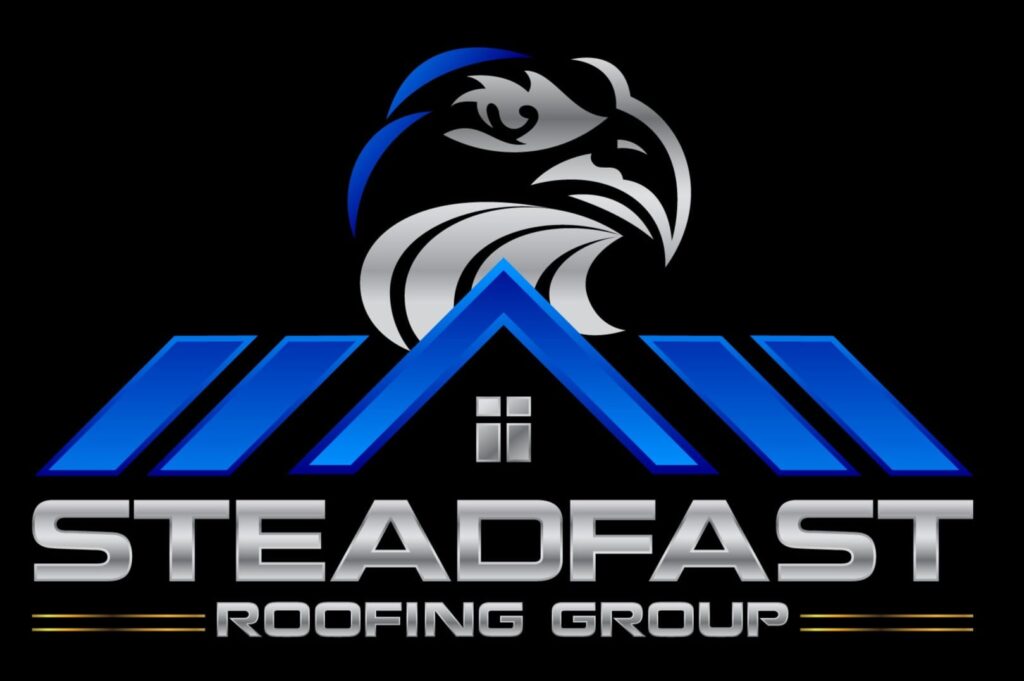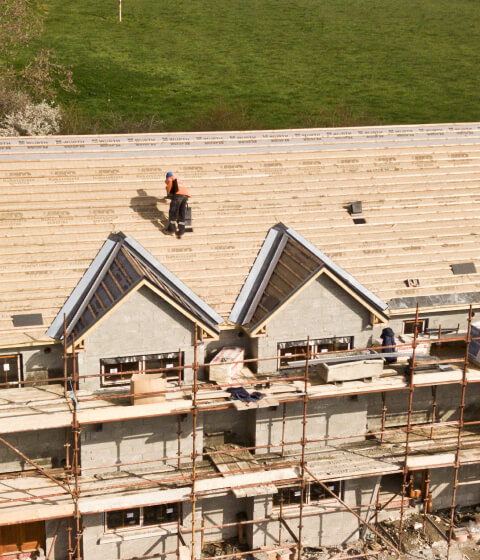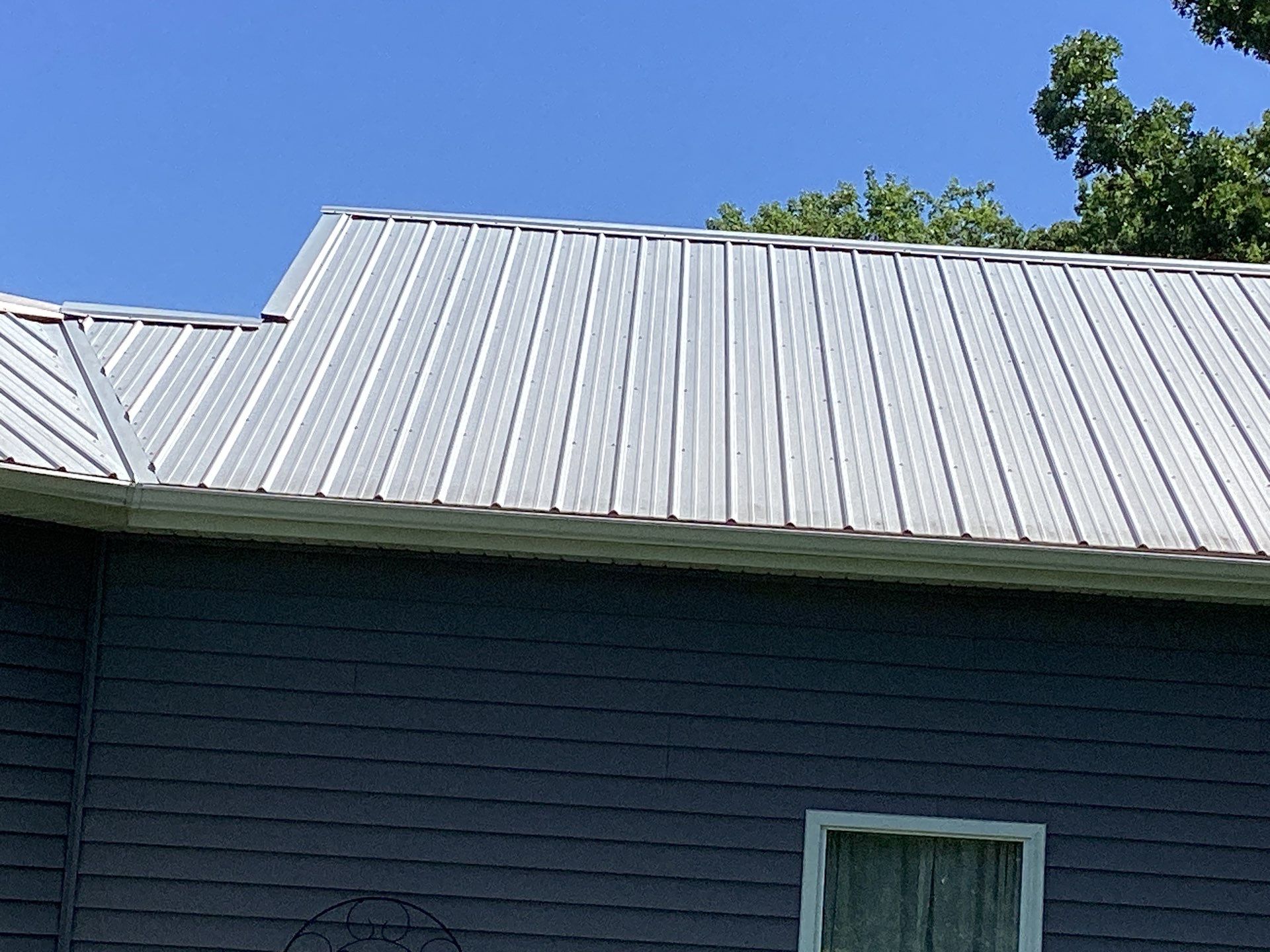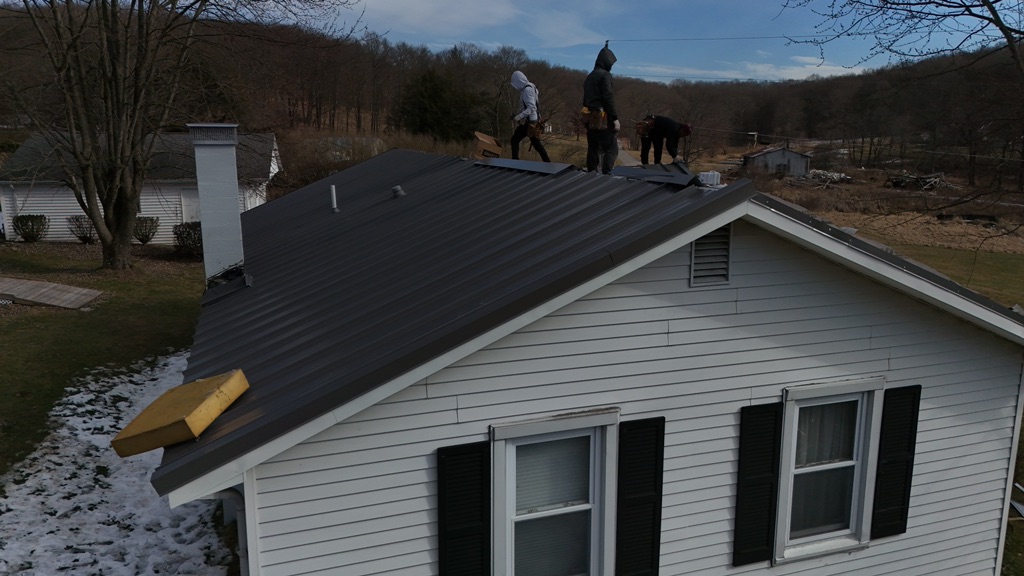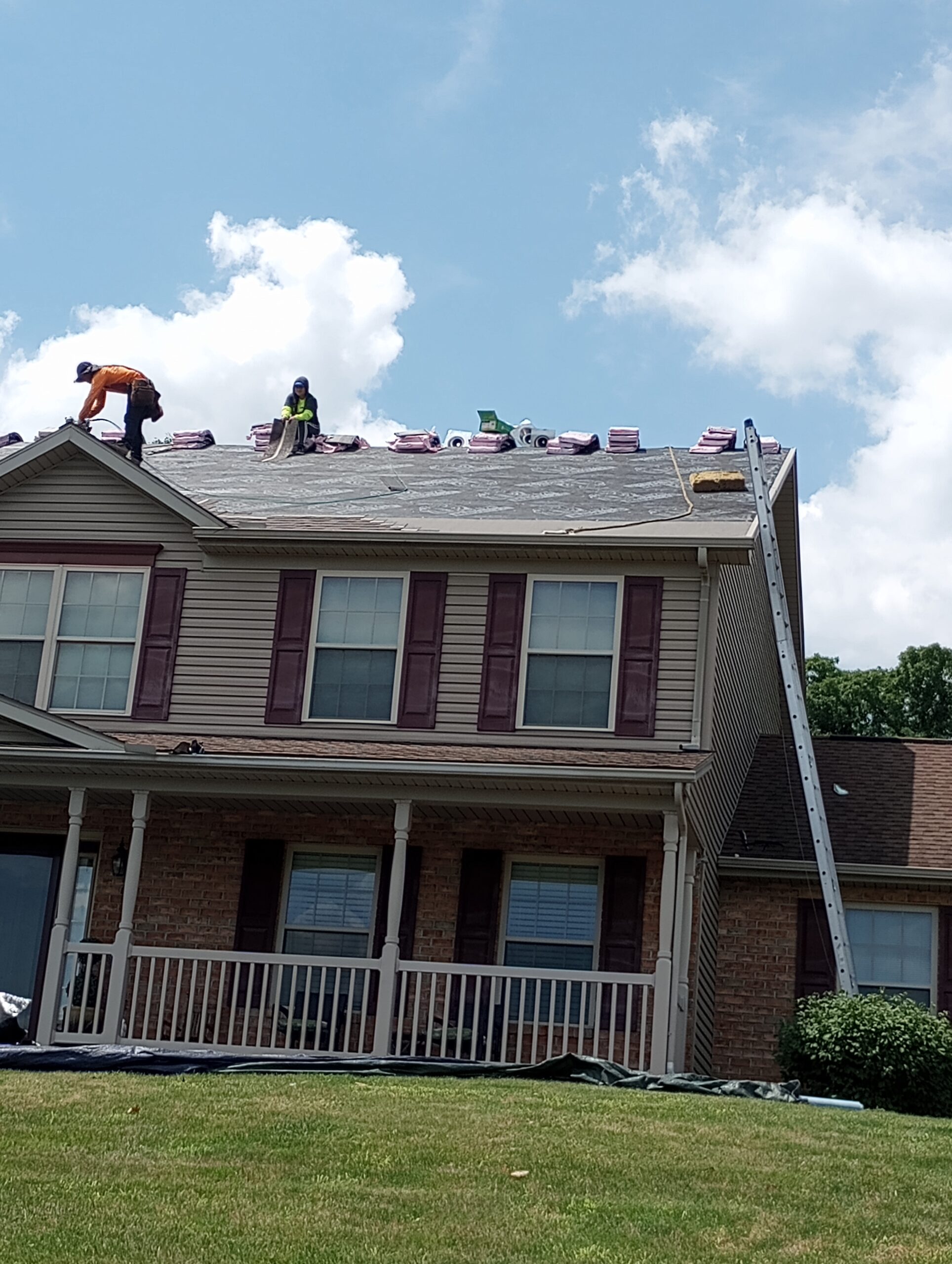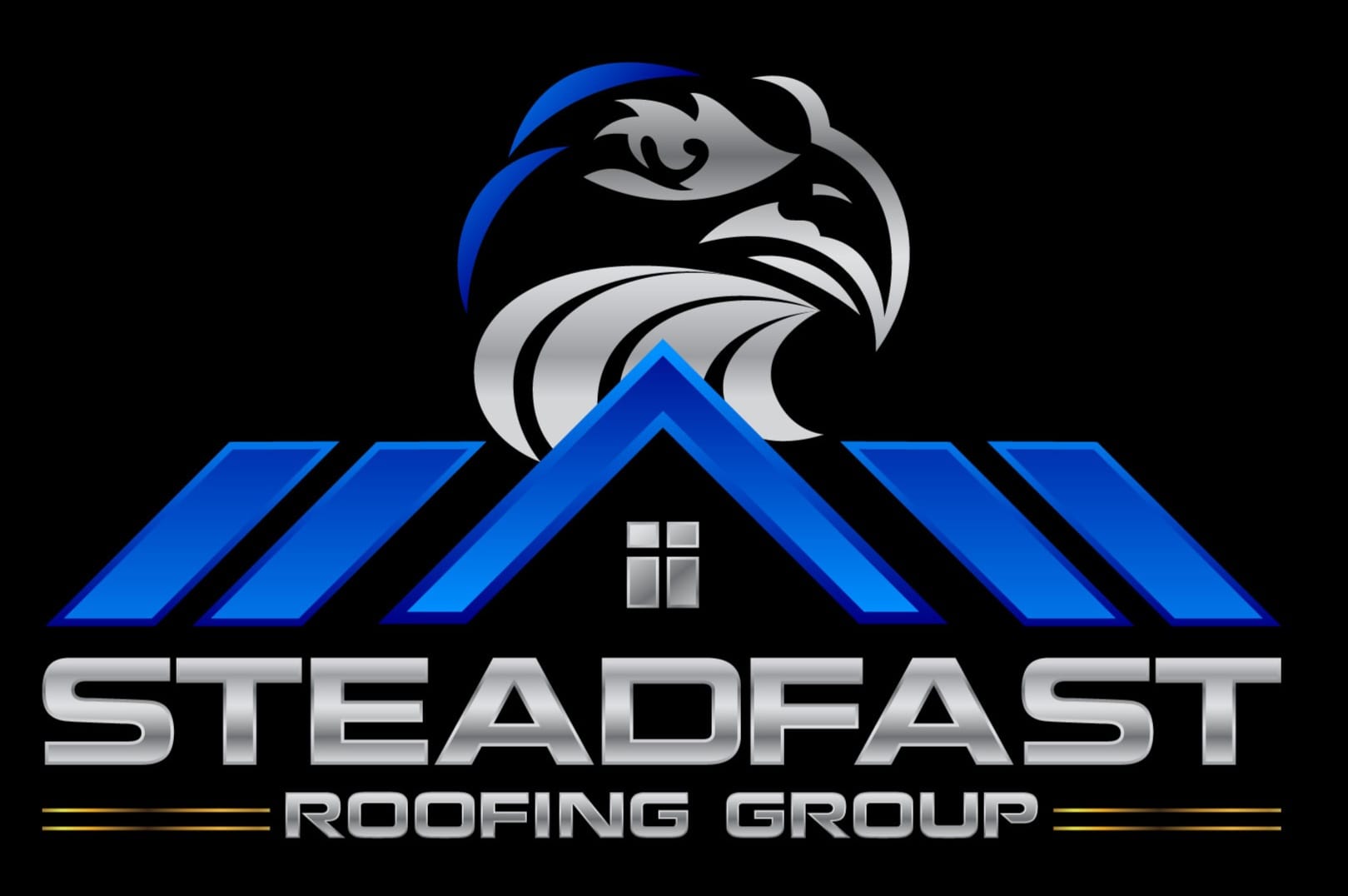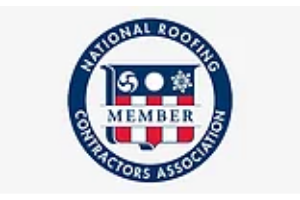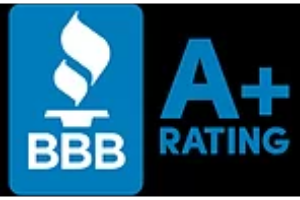Every homeowner is faced with the task of assessing their roof at some point in time. Knowing the age of a roof can be helpful when making decisions about future repairs and maintenance. This article will provide an overview of how to tell the age of a roof by looking for certain signs, such as physical characteristics, material type, and records. By understanding these indicators, homeowners will be able to make informed decisions regarding both short-term and long-term strategies related to their roofs.
The first step in determining the age of a roof involves examining its physical attributes. Look for visible wear or damage that may indicate it has been around for quite some time. Additionally, look for shingle granules on the ground below the gutters which could be indicative of aging shingles. It is also important to examine any flashing or sealant used during installation; if it appears brittle or discolored then this could suggest that it is older than expected.
Definition Of Roof Age
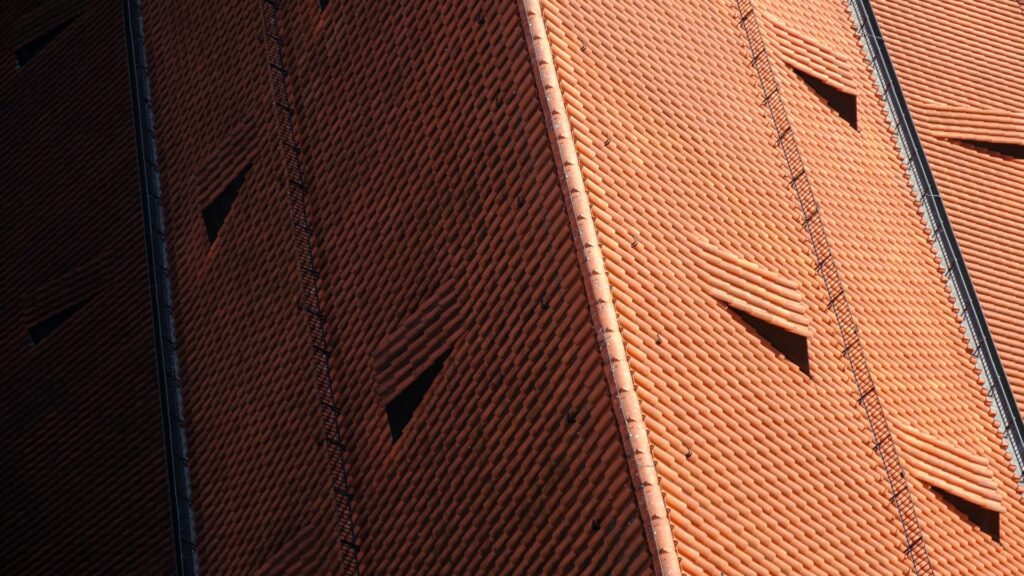
A roof is the uppermost part of a building that provides protection from weather elements such as rain, snow and sun. The age of a roof can be determined by several factors including its construction materials, installation date and type of maintenance it has received over time.
In order to calculate the age of a roof accurately, one must consider both physical evidence and any available records related to when the roof was constructed or last replaced.
Physical evidence may include examining the condition of shingles or tiles used in the roof’s construction for signs of wear or deterioration due to aging. Additional indicators may come from inspecting flashings around vents and other penetrations for corrosion caused by long-term exposure to weather conditions. Records associated with the roof are often found through searches conducted at local government offices where building permits, inspections or other documents will provide information about when the roof was installed or maintained.
External Signs Of Roof Age
External signs of a roof’s age can be determined by examining shingles, flashing, and other materials that make up the roof. Shingles are usually one of the most obvious indicators of a roofs age because they deteriorate over time due to weather conditions like wind and rain. Older asphalt shingles show wear on the surface from algae and moss growth or may have cracks in them. If wood shakes are present, the edges will become rounded with time as well as their color fading from its original shade.
Additionally, metal flashings around vents, chimneys, skylights, etc., tend to corrode or rust after being exposed to moisture for long periods of time. All these external signs indicate a roof is aging beyond its expected lifespan and should be replaced soon if not already done so. Furthermore, any existing damage must also be taken into consideration when determining the age of a roof; such as missing tiles or broken gutters which could signal an older home needing more repairs than originally anticipated.
Types Of Roofs And Their Lifespans
The age of a roof can be determined by inspecting its material and condition. Asphalt shingles are the most popular form of residential roofing, typically lasting 15 to 30 years depending on quality, installation, weather exposure and maintenance. Wood shakes or shingles have an average life span of 20-25 years but require extra care due to their vulnerability to pests or rot.
Clay tiles provide up to 50+ year lifespans with minimal upkeep while metal roofs may last around 40 years without rusting or corroding. Slate is one of the longest lasting materials used for roofing with a lifespan from 75 -100+ years if properly maintained.
Regardless of the type of material chosen, regular inspections and proper maintenance will extend the lifespan significantly.
Building Records And Evaluation
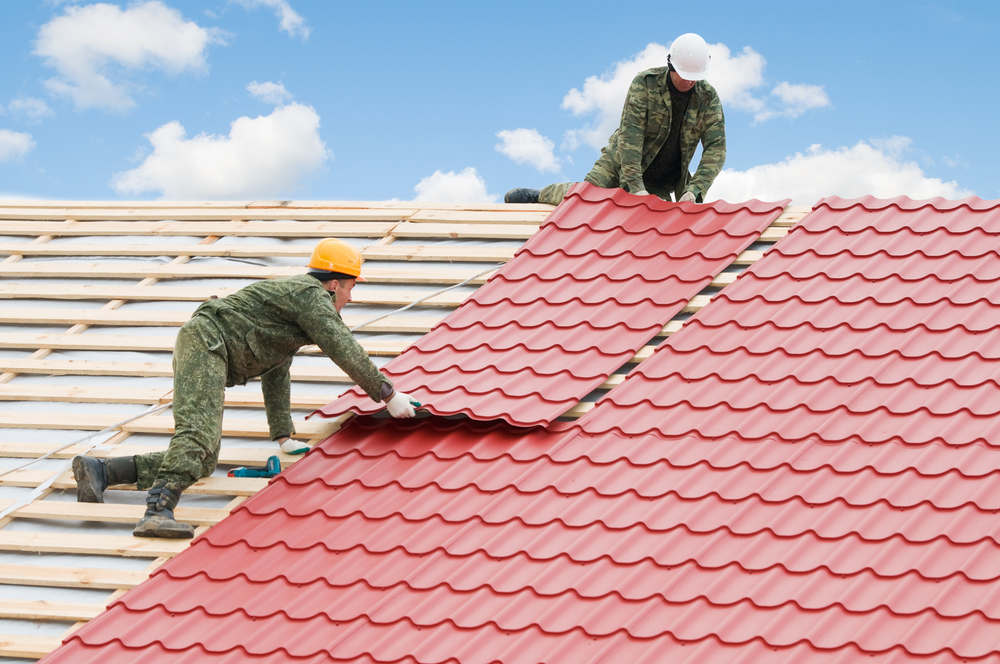
Building records and evaluations are essential for determining the age of a roof. To gain insight into when the roof was installed, it is important to review all available documentation including housing plans, permits, inspection reports, and invoices. These documents can provide information about any repairs or replacements that have been made over time.
Additionally, visual inspections can be conducted to identify signs of aging such as cracked shingles, worn flashing material, moss growth, sagging gutters and downspouts, damaged soffits and fascia boards, etc. In some cases a qualified expert may need to assess the condition of the roof in order to determine its approximate age. If no records exist or if they do not answer questions related to the installation date then an experienced professional should be consulted before making any decisions about replacing the roof.
Corroded Fasteners
It is important to evaluate the condition of fasteners when assessing a roof system. Corroded fasteners can lead to premature deterioration and failure of the roof system. Signs of corrosion include visible rusting, pitting or discoloration on metal surfaces. It is also possible for fasteners that have not been installed properly to corrode over time if exposed directly to weather conditions without adequate protection from flashings. In cases such as these, it may be necessary to replace some or all of the existing fasteners with new ones in order to ensure structural integrity and long-term performance.
Additionally, proper maintenance should be carried out regularly in order to prevent any further damage due to corrosion. This includes cleaning gutters and downspouts, checking for loose shingles or tiles, and inspecting seals around penetrations for signs of wear or tear. By maintaining a regular schedule for inspections and repairs, roofs can remain safe and functional for many years.
Visual Inspection
Visual inspection is a key part of assessing the age of a roof. The most common visual cues include checking for broken, cracked or missing tiles and inspecting the flashing around windows and skylights for any signs of damage. Additionally, one should inspect the gutters and downpipes to determine whether they are leaking or clogged with debris such as leaves and twigs. If these elements appear aged then it may be an indication that the roof is nearing its end-of-life expectancy.
Other indicators which suggest an aging roof include moss growth on shingles, discoloration due to sun exposure, rust spots from nails in metal roofs, and exposed nail heads in wood shingle roofs. All these telltale signs can help indicate how old a roof might be; however, further investigation by qualified professionals is often necessary to provide accurate information about its condition and age.
Professional Assessment
To further assess the age of a roof, it is best to enlist professional help. A trained eye from an experienced contractor can inspect the various components of a roof and provide insights into its age. They may be able to accurately determine how long ago certain materials were installed or replaced, as well as when any major repairs have been made.
Furthermore, they are typically knowledgeable about local building codes and regulations which might affect the state of a particular roof. In addition, they can detect potential issues that should be addressed in order to keep a roof functioning optimally for many years. For these reasons, engaging with a professional to evaluate a roof’s age provides invaluable information for homeowners looking to make important decisions regarding their property’s condition.
